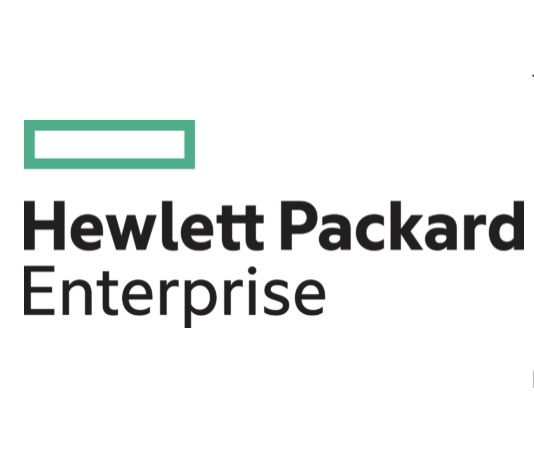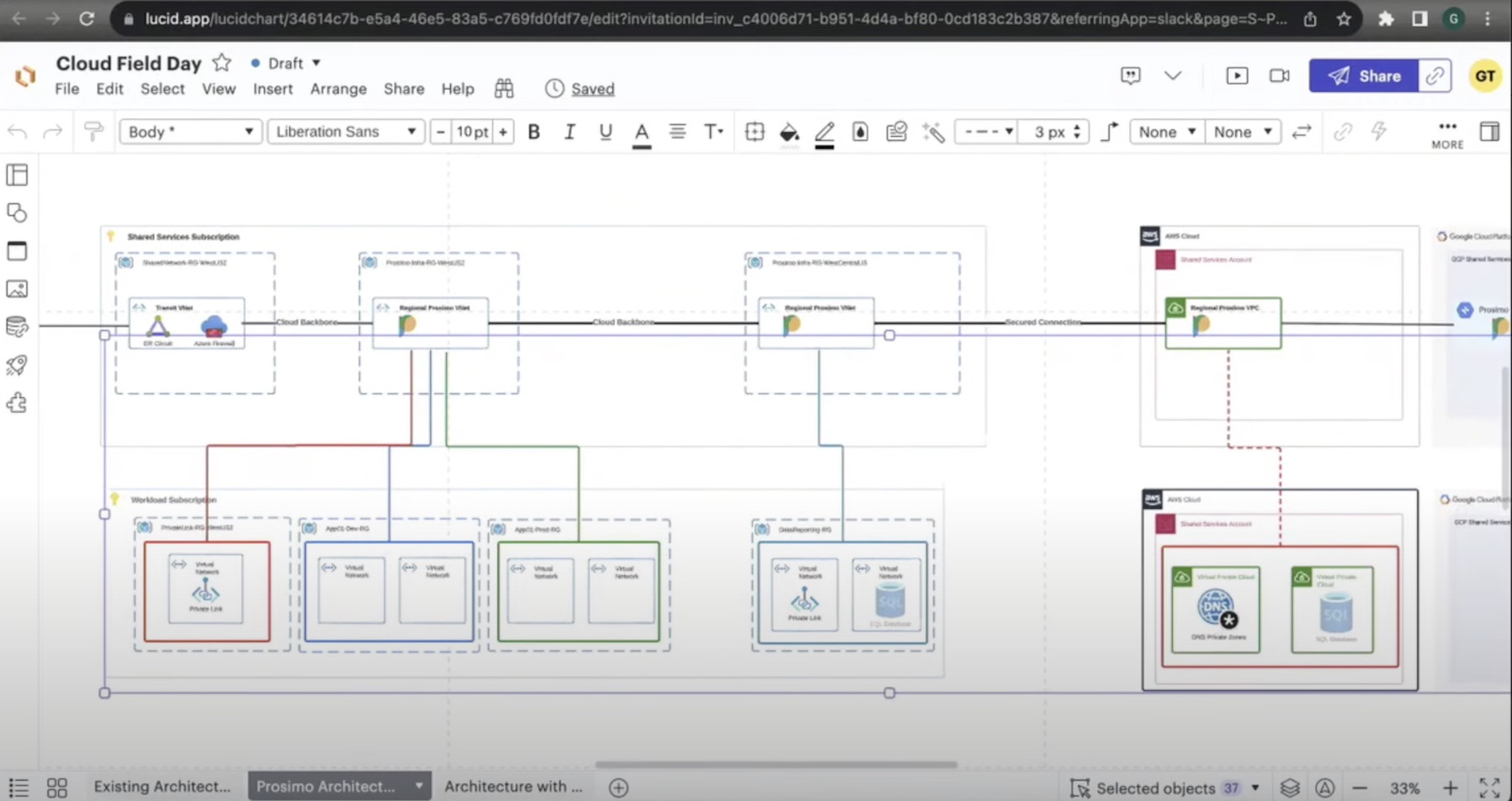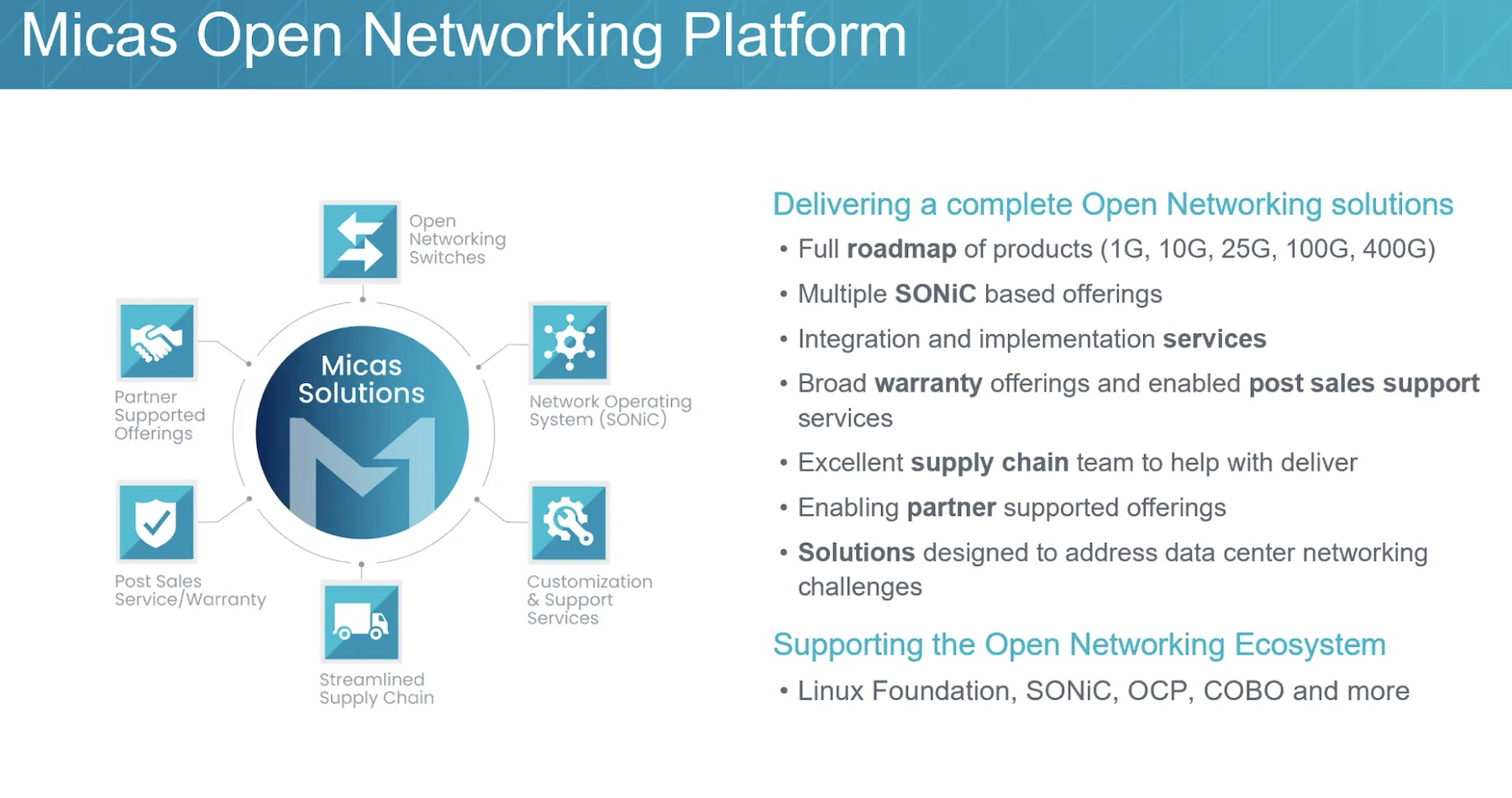If you’re like me, new technology can be a bit scary. Especially when you have very little frame of reference for the changes. In the world of containers things are being turned on their heads and sides. Old ideas about constructs are being tossed way faster than the lifetime of an individual container. Old ways of networking are being subsumed and adapted to be faster, leaner, and more applicable to the task at hand. How is a traditional networking professional supposed to keep up?
Jon Langemak has been writing about container networking for the last couple of years. His Docker 101 series should be required reading for anyone looking to make two containers talk to each other. Jon does a great job of breaking things down into their basic pieces and explaining how to make everything work. In the world of containers, nothing is ever idle. Networking stacks are reimagined, reengineered, and retired quickly. So how can one take material that is designed to educate and make it applicable for the future?
Thankfully, Jon and the team over at Packt Press have figured out how to do just that. Jon has written an excellent book about this very topic – The Docker Networking Cookbook. As the name suggests, this isn’t merely a textbook of terms that needs to be covered from beginning to end. Instead, this is a book designed to build out scenarios that someone may need to implement and provide the “recipe” to make it happen.
Like a modern-day Betty Crocker, Jon creates some tasty things designed to whet your appetite about Docker. From the basics of configuring networking to more advanced topics like monitoring, security, and even IPv6 (!), Jon breaks everything down into steps. He covers the prep you need to do and the steps to make it happen. Like any cookbook, he provides you with ample pictures of what the final product is supposed to look like. That way you know if your secure soufflé is really up to snuff.
The only real downside to the cookbook format is that it spends the majority of time on medium and advanced topics. This isn’t necessarily the right book for you to dive in with Docker and hope you get it right after some trial and error. This isn’t a black mark on Jon. This is more about the fact that the container industry is moving at a pace too rapid to ensure that the basics are covered before throwing people into the deep end of the learning pool. Imagine if the only real reference for BGP was an advanced BGP route map guide? You’d know how to build those route maps forwards and backwards but you wouldn’t know the basics of the protocol beyond that.
In order to make the most of Jon’s excellent guide, make sure you read up on his Docker 101 series to get the basics under your belt. Also, make sure you have a sandbox to play around with in order to measure interactions and test new ideas. Nothing ends a container project faster than experimenting in production. Containers may have short lives, but engineers that use live networks as their lab have even shorter careers. With a proper kitchen and the right knowledge before you begin, your Docker networking cooking career will be a 5-star effort.
Jon’s book is a must read for anyone looking to move to the world of containers. Make sure to pick up your copy at the Packt website or Amazon. You’ll be glad you did.





